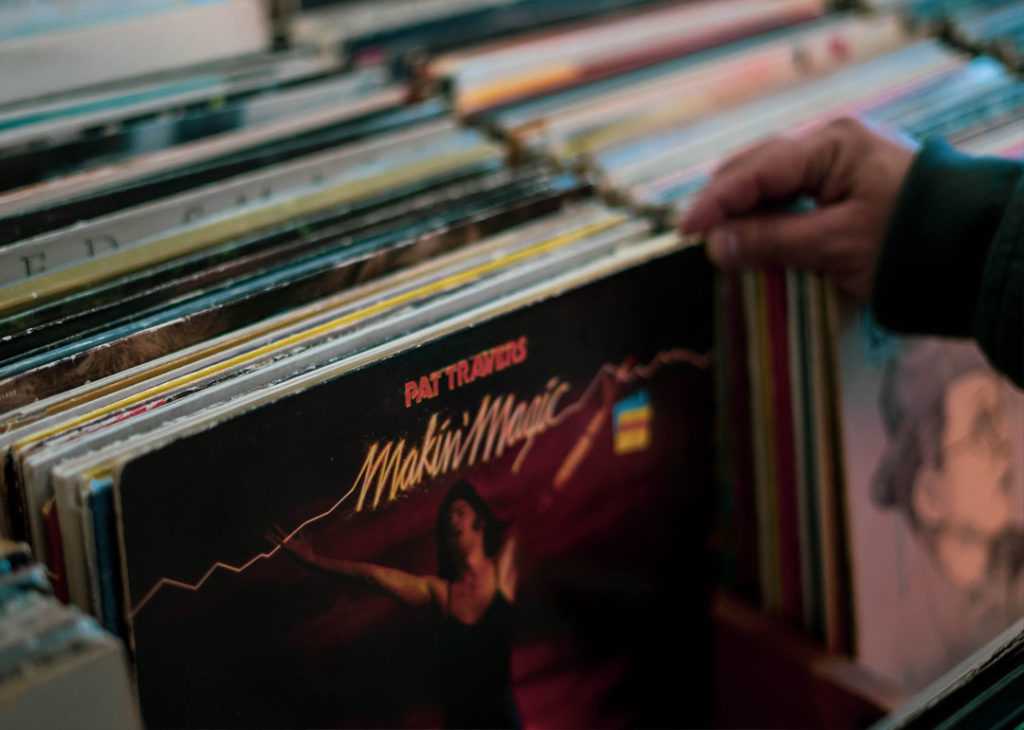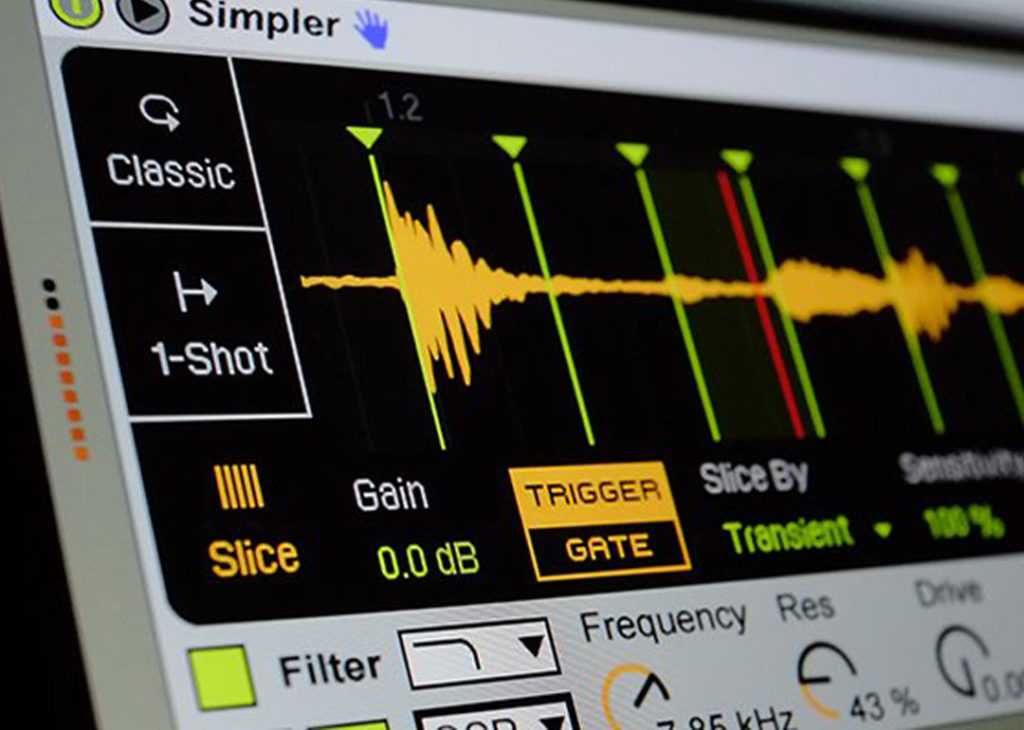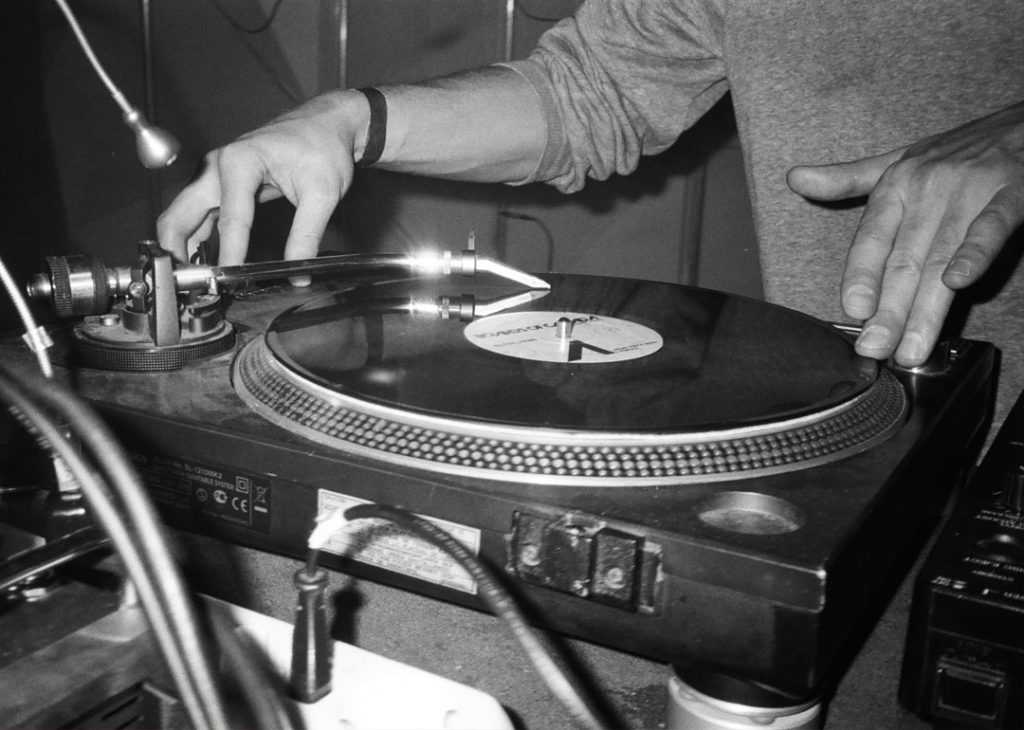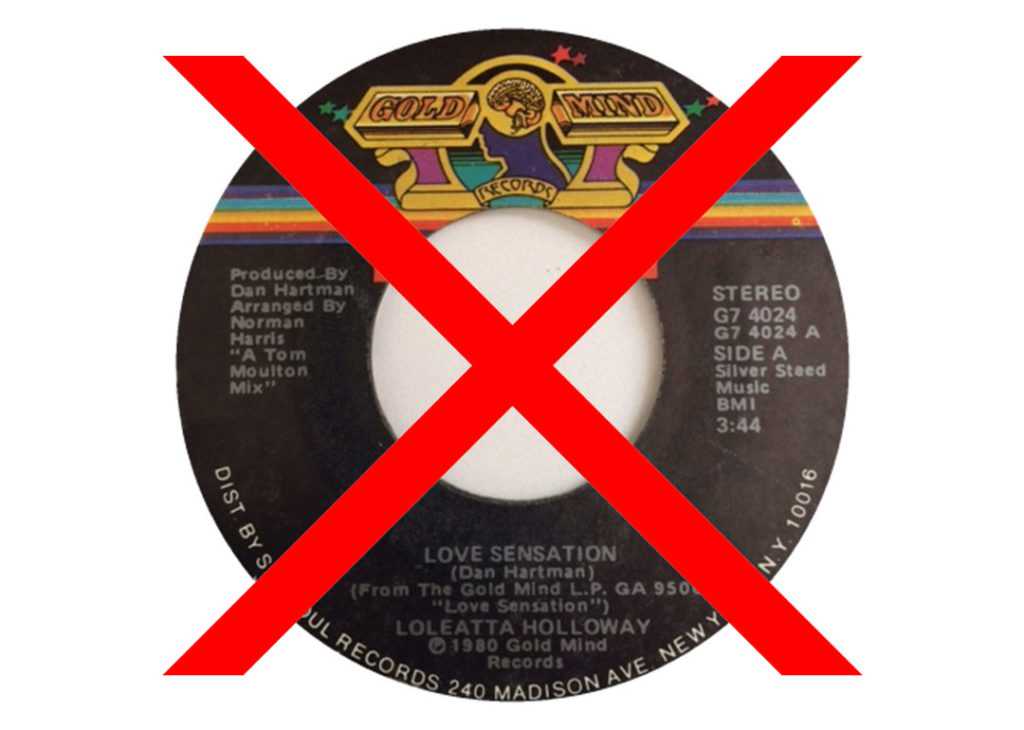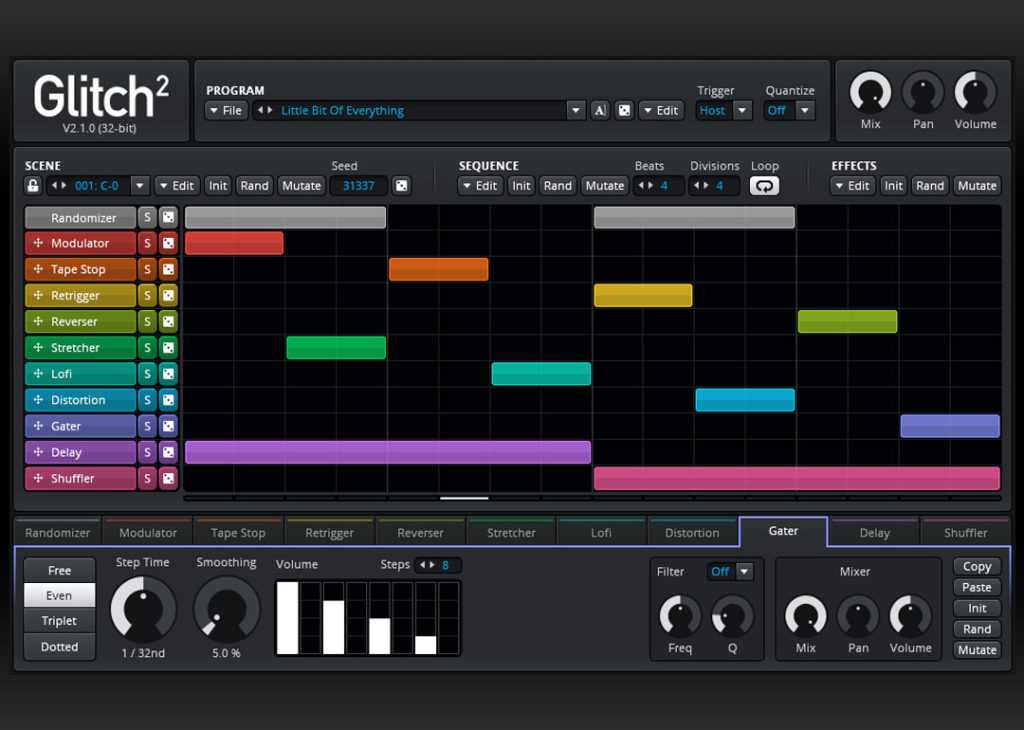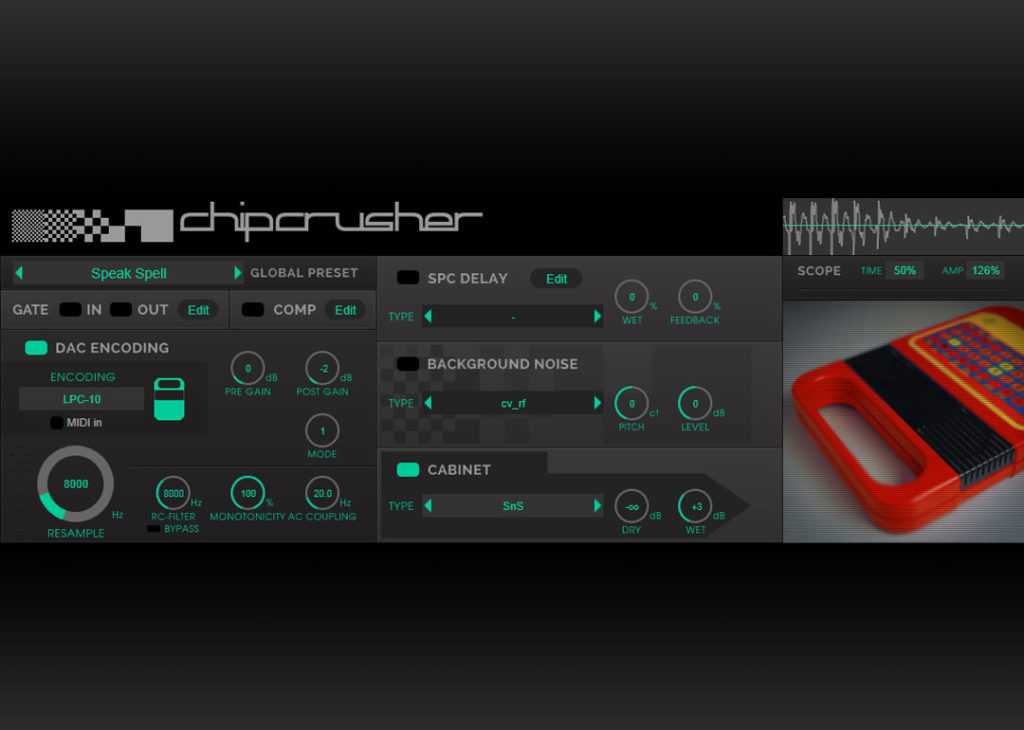If there is any concept that is of the utmost importance for all producers of House music to understand, it is sampling, and therefore, learning how to sample a song.
House music has been built on lifting sounds, vocals, drums, and whatever else a producer can get their hands on and dropping it into their productions. In fact, we’d say it’s the most important production tip if you want to learn to make House music. While some of the most obvious examples of sampling include grabbing a well-known vocal from a classic track, sampling is one practice that knows no limits. If you can hear it, you can sample it. Today, we’re giving you the complete rundown on how to sample a song.
Maybe this will have to be one time in your artist journey that you accept that there are some things in this world that you can’t put your finger on, and perhaps these are the very things that make music itself so meaningful in the first place.
House music is a spiritual thing, right?
Right. Enough with the woo-woo, and time to get into something you can sink your teeth into: the history of sampling.
Sampling is a process that was first pioneered in the 1940s but only became a staple in popular music in the 1970s with the release of the Fairlight CMI. The CMI allowed users to record a particular piece of audio and play it back on demand whenever they so pleased.
But, it wasn’t until 1988 that the Akai MPC was created, and sampling really took over.
The MPC was the first-ever affordable, user-friendly sampler that brought the process to the masses.
And of course, anybody who knows their music history knows that the MPC helped to create an army of young producers who took to sampling Funk, Soul, and even drum breaks to create a new genre of music known as Hip Hop.
Interestingly enough, if there’s one genre that’s just as sample-happy as House music, it would be Hip Hop. Listen to any classic album by prolific producers such as Dr. Dre, Kanye West, or the Wu-Tang Clan, and you’ll be bombarded with a lesson in musical history if you listen carefully.
No matter what genre you’re in, however, you’ll find that choosing your sample is the most crucial step of the process.
The right sample can either make or break a record.
Actually, it’s usually the thing that makes or breaks a record.
We’ve all heard plenty of tracks that are little more than a kick drum, a bass line, and some sort of sampled hook. Without the sample, the track wouldn’t exist.
While we hate to admit it, this is about 40% of House music today. As it turns out, not everything in life is as complicated as it seems.
What can, however, be a bit of a doozy, is locating a sample that can turn a basic track into a dignified record.
You’ll be tempted time and time again to resort to sampling some of the most classic (and rinsed) records in existence. For example, Loletta Holloway’s ‘Love Sensation’ is the most sampled vocal in existence, and for good reason. It’s a hot, soulful accapella that’s relatively in time and requires little more than a few keystrokes to drop into an arrangement.
But, here’s our not-so-subtle advice about all things Loletta Holloway: stay away from sampling the most rinsed records.
Seriously. Don’t do it.
We know this seems harsh, but when a producer defaults to sampling a track that’s been done dozens of times before, it reflects a lack of musical knowledge and overall depth on their part.
It’s about as exciting as saying Nando’s is your favorite restaurant. Even if it secretly is. You’d never admit to it publicly, even if (on some days) you’d kill for a wing roulette.
Anyways…
This is not how you want to be labeled by industry A&R. Trust us when we say, the world does NOT need another Lolletta Holloway bootleg.
We mean that. Don’t be that guy /girl.
Instead, we encourage you to get weird.
Like, really weird. Do something that nobody has ever done before. Venture into the deepest, darkest depths of the internet and your local record shop to find some untouched musical gems.
You can sample any piece of recorded audio in existence.
It doesn’t matter if it’s a news brief, an acapella track, or even an audiobook…it all can be done.
Pro-tip: Pick up a ZOOM Recorder and start recording audio from your environment to use as textures, FX, and perhaps even vocals in your records.
Naturally, this presents an abundance of choices and is enough to make your head spin.
To help you get started, here’s a shortlist of ways that can get you started on your sampling journey.
• YouTube. Believe it or not, a considerable portion of the samples that are used in House music today comes straight from YouTube rips. Producers will search for political speeches, out of print CDs, soul music, and all sorts of weirdness to find killer hooks for their tracks.
• Record shops. Even if you’ve never played a set on vinyl (and have no plans of doing so), start going to record shops and digging around for new musical ideas. For example, you’ll often find live recordings of concerts will often have intermissions where performers speak directly to the crowd on their 12” copies. This is sample gold that you won’t find anywhere else but the record shop. Other ideas include Latin music for summer flavours, instructional records, and even the store’s comedy section.
Remember, you’re most often looking for audio that, in no way, resembles Electronic music.
Open up your mind and embrace the full world of music, samples, speeches, and whatever else you fancy.
You’ll be amazed at what you can find. We promise you that.
On the whole, the best piece of advice we can give you is to use your time sampling to enhance your knowledge of music as a whole. Perhaps you’ll discover a new appreciation for West Coast Hip Hop (who doesn’t love Dr. Dre?), or that you really dig Bachata.
Who knows, maybe you’ll even be like Mark Knight and discover you’ve been a lifelong fan of ABBA all along.
It’s all fair game in the world of sampling.
Perhaps you’ve come across a YouTube clip that has a killer vocal in it.
Great! The process couldn’t be easier to get it into a production session.
But, that’s one step you’ll have to figure out on your own.
The legality of services that rip YouTube clips are hotly debated, and we would never advocate that you violate copyright law. Should you wish to rip audio from YouTube, a quick Google search should produce a website that can do this for free. But, use these at your own risk!
Should you wish to rip a track from vinyl, you’ll need both a quality audio interface, a record player, and a stylus to do so.
This is a whole topic in and of itself. Lucky for you, our friends over at DJ Tech Tools have released an excellent tutorial on how to do just this.
Alternatively, you could also purchase a low-cost USB record player to simplify the process. If you don’t already own turntables, it’s a wise investment.
After you’ve got your sample in your session, the first thing you will want to do is time stretch it and ensure that it fits in time with your instrumental.
Remember, most live bands don’t play perfectly on count like a quantized piece of Electronic music. To make matters more complicated, if you’re sampling a speech or piece of spoken word poetry, there’s no time signature whatsoever. Get ready to go to work!
If time stretching is something that makes you want to tear your hair out, you’re not alone. It’s one of the first topics we cover in our 12 Week Production Certificate program.
Once you’ve properly stretched and arranged your sample, it’s time to get creative with it.
Getting creative with your samples is an entire art in and of itself.
Some samples may be perfect on their own and require little more than basic EQ and reverb.
Others, however, benefit from intense manipulation using software such as Glitch, heavy delays, and other complex manipulations.
If you’re stuck searching for inspiration, try a few of these on for size:
• Pitching the sample to -7 using Ableton’s ‘transpose’ feature. Furthermore, if you can go to town on both the ‘formants’ and ‘envelope’ as well if your warp mode is set to Complex Pro. This will produce those iconic, super low ‘Deep House’ vocals that still pop up in records today.
• Use Glitch to create a one-click time stretch effect, as was common in UK Garage Records. We’re a bit partial to Glitch, and it’s even said to be a favourite of Toolroom’s youngest artist, Wheats.
• Use a parametric EQ to create a low and high pass filter, creating a ‘telephone’ effect. Take it a step further by using Chipcrusher to emulate an old analog telephone.
Still struggling to make your sample pop, or even locate a killer sample that doesn’t sound like everything else out there?
Well, you’re in luck. In fact, we’ve launched a course that specifically for people looking to make tracks that stand out from the crowd.
Look, we understand that all of this information can be a lot to take in. Like we said before, sampling (when done correctly) is pure magic.
Venturing outside of a sample pack for the first time can be anxiety-inducing in itself. It’s no easy feat to go out there into the world and find something that can be turned into music.
Worse yet, you may find that a considerable portion of what you think are promising samples are better left on YouTube, and that understanding the difference between what’s catchy and what is not is one of the hardest parts of being a producer.
The truth is, these are skills that can take years to develop if you’re lucky. And, while some of you may be fine with years of trial and error, others wish to cut their learning curve and get to where they want to go as quickly as possible.
And that’s where we come in.
Toolroom Academy offers two courses that help you on your way to making quality House, Tech House, and Techno.
For those who need to brush up on the basics of arranging, mixing, and sound choice, look no further than our 12 Week Production Certificate program. As an innovative 3-month program, we take you through the step-by-step process of writing a credible and relevant track to a professional standard. If you’re struggling with the technical process of sampling, this is the course for you.
On the other hand, some producers already have a grasp on writing competent Electronic music and want to give their tracks that “extra edge”. It’s for artists like this that our 16 Week Creativity Unlocked Program has been designed for. Breaking through is tougher than ever, especially when it comes to pushing your productions to the max and finding that perfect sample. If you wish to dive into a program that’s going to give you the tools that mean the difference between another lonely upload on Soundcloud and a record contract, this is where you need to be.
No matter if you’re an experienced DJ looking to master the craft of production, or an unknown producer looking to break-in to the music industry, we’re here to help.
Not sure about which program is best for you, or do you just have a few questions about how we can help you take your career to the next level?
